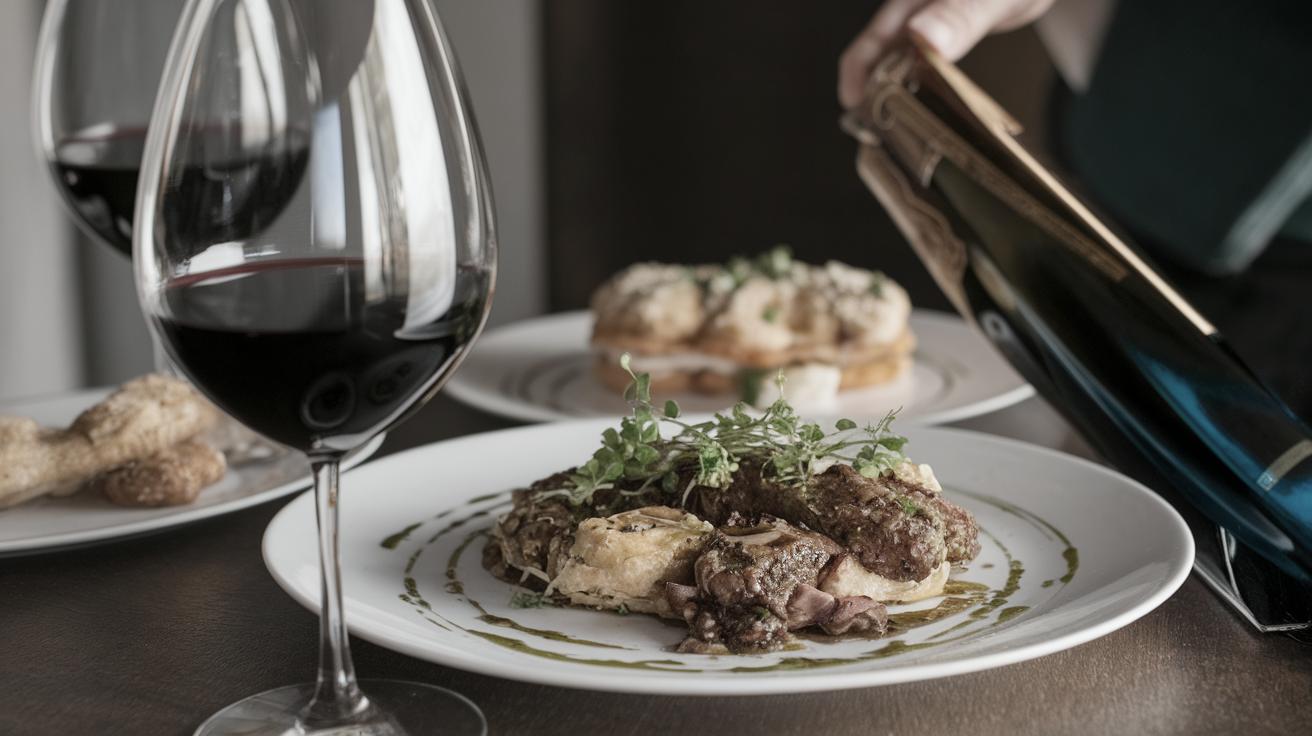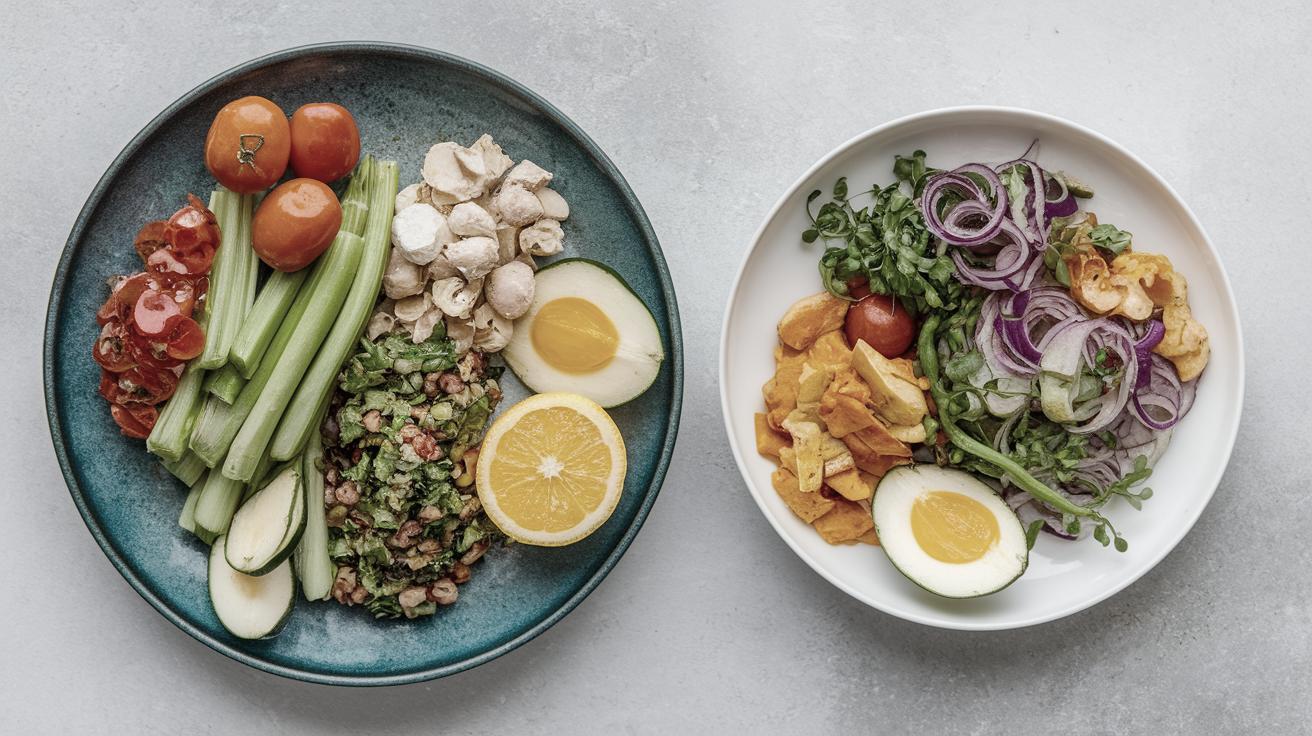Criteria for Selecting a Good Wine Pairing
Pairing wine with food is both an art and a science. The ultimate goal is to enhance the dining experience and elevate the flavors of both the wine and the dish. This article delves into understanding the basic tastes essential for wine pairing, identifying whether to aim for complementary or congruent pairings, and offering tips for those who might need extra guidance. Whether you’re a seasoned sommelier or just someone looking to impress at the next dinner party, these insights will provide you with the tools to create exquisite pairings that can transform your meal. The knowledge shared here will allow you to approach the art of wine pairing with confidence and creativity.
The 6 Basic Tastes
Understanding the 6 basic tastes—sweet, sour, salty, bitter, umami, and fat—forms the foundation of any successful wine pairing. These taste elements interact differently based on the components of both the food and the wine. Essentially, they provide a framework to predict how flavors might balance or clash when combined. Sweetness, for example, can counteract spiciness or balance sourness. Meanwhile, salt can highlight sweetness while toning down acidity.
While the interplay of these tastes can be complex, a few guidelines can help steer you in the right direction. Wines with higher acidity pair particularly well with fatty dishes, as the acidity cuts through the fat, creating a refreshing balance. Similarly, bitter wines can complement foods rich in umami by adding a necessary contrast. Recognizing and mastering these basic flavors is a key step that can greatly enhance your wine pairing skills.
Find Complementary or Congruent Pairings
When seeking the ideal wine pairing, it helps to understand the difference between complementary and congruent pairings. Complementary pairings involve matching flavors that enhance each other through contrast, such as pairing a crisp white wine with a rich, creamy dish. The contrast in flavors can bring out the best qualities in both the food and the wine, providing a dynamic and layered eating experience.
On the other hand, congruent pairings focus on matching similar flavor profiles to each other. For instance, a sweet dessert wine with a similarly sweet dessert intensifies the flavor, creating a harmonious culinary experience. Choosing between complementary and congruent styles depends on the desired culinary outcome and personal preference. By skillfully utilizing these approaches, you can create pairings that are bound to impress.
Need some more help?
If navigating the world of wine pairing feels intimidating, several resources can offer guidance to improve your skills. Wine tasting workshops, both in-person and virtual, can provide hands-on experience and exposure to different pairing strategies. Exploring online tutorials and forums can also offer valuable insights from experts and fellow enthusiasts.
For a more personalized approach, consider consulting sommeliers who can offer tailored recommendations based on your specific tastes and preferences. Don’t be afraid to experiment—every palate is different, and sometimes unexpected combinations can lead to delightful discoveries. With practice and patience, anyone can refine their skills and become proficient in the art of wine pairing.
Written by Madeline Puckette
This blog post is attributed to Madeline Puckette, a renowned figure in the world of wine. Her dedication to making wine education accessible to all has inspired countless individuals to understand and appreciate wine on a deeper level. Through articles, guides, and tasting tips, she continues to provide invaluable resources to both novices and seasoned wine lovers.
Summary of main points
| Key Point | Description |
|---|---|
| The 6 Basic Tastes | Understanding the basic tastes allows for effective wine pairing by balancing and complementing the flavors of food and wine. |
| Complementary vs. Congruent Pairings | Complementary pairings contrast flavors for balance, while congruent pairings match similar flavors for harmony. |
| Getting Additional Help | Resources like workshops, online forums, and sommeliers can offer guidance, enhancing one’s wine pairing skills through practice. |


